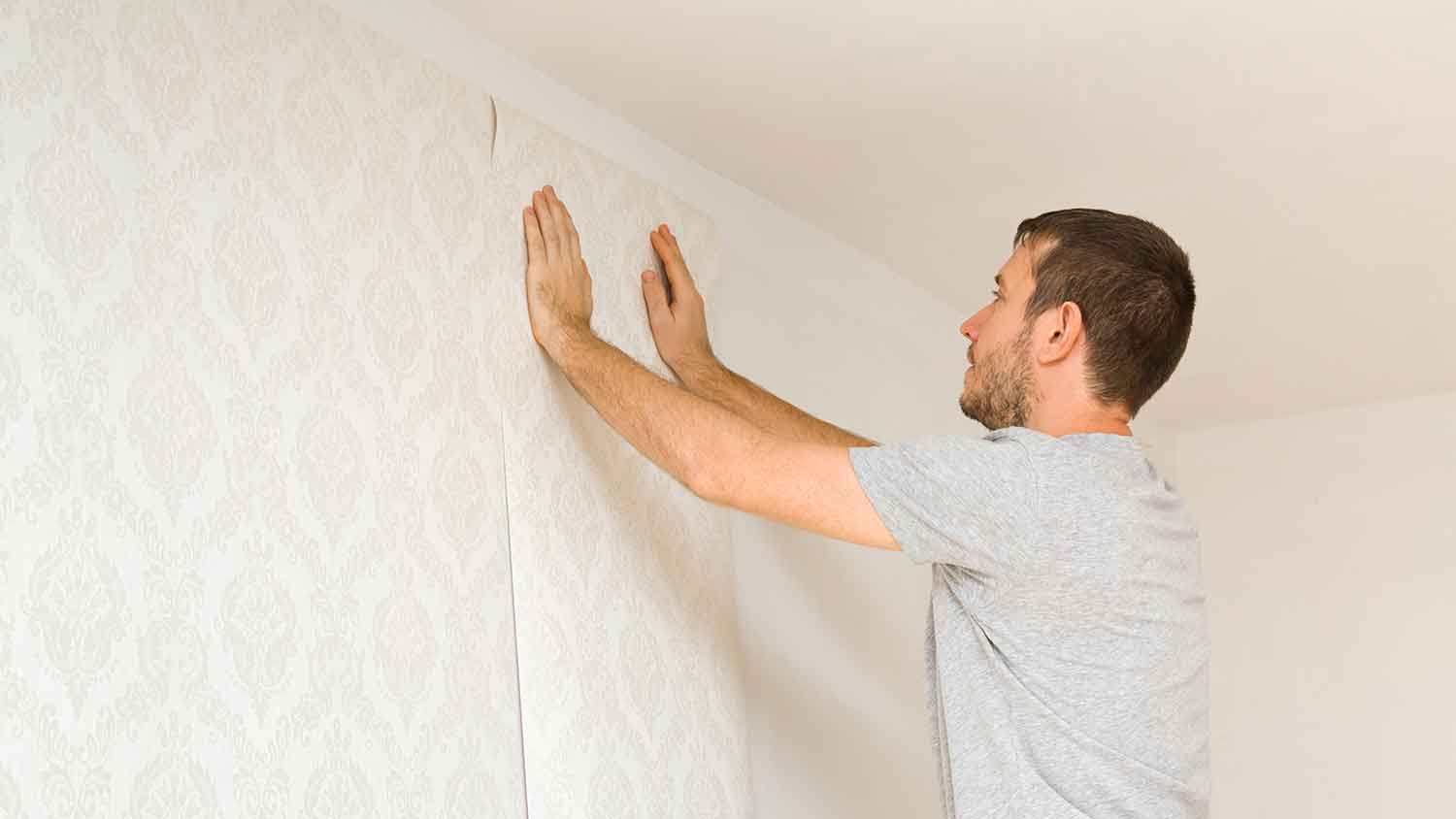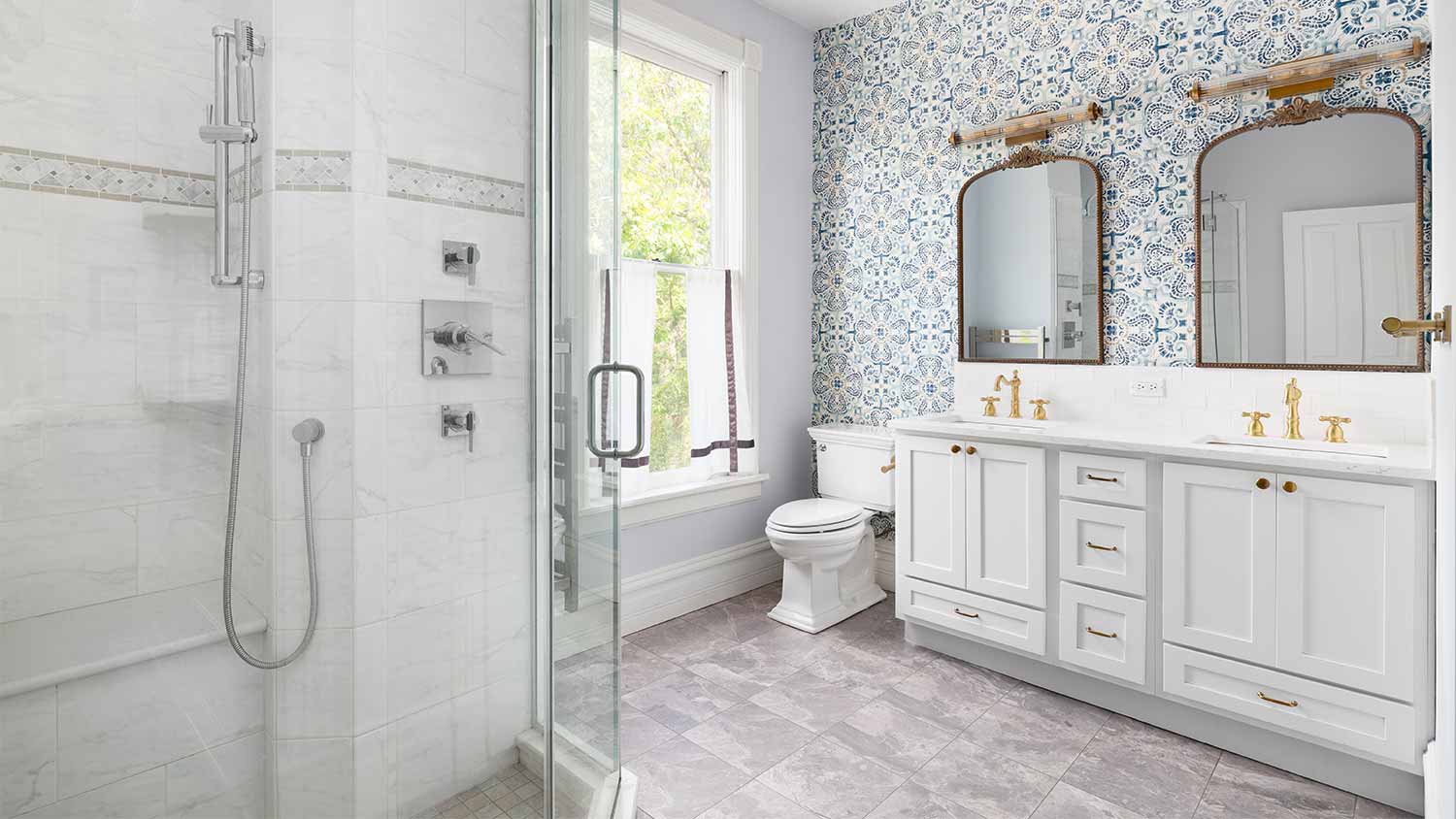Can You Wallpaper Over Painted Wallpaper? Advice for Your Next Redesign
Let’s peel back the layers
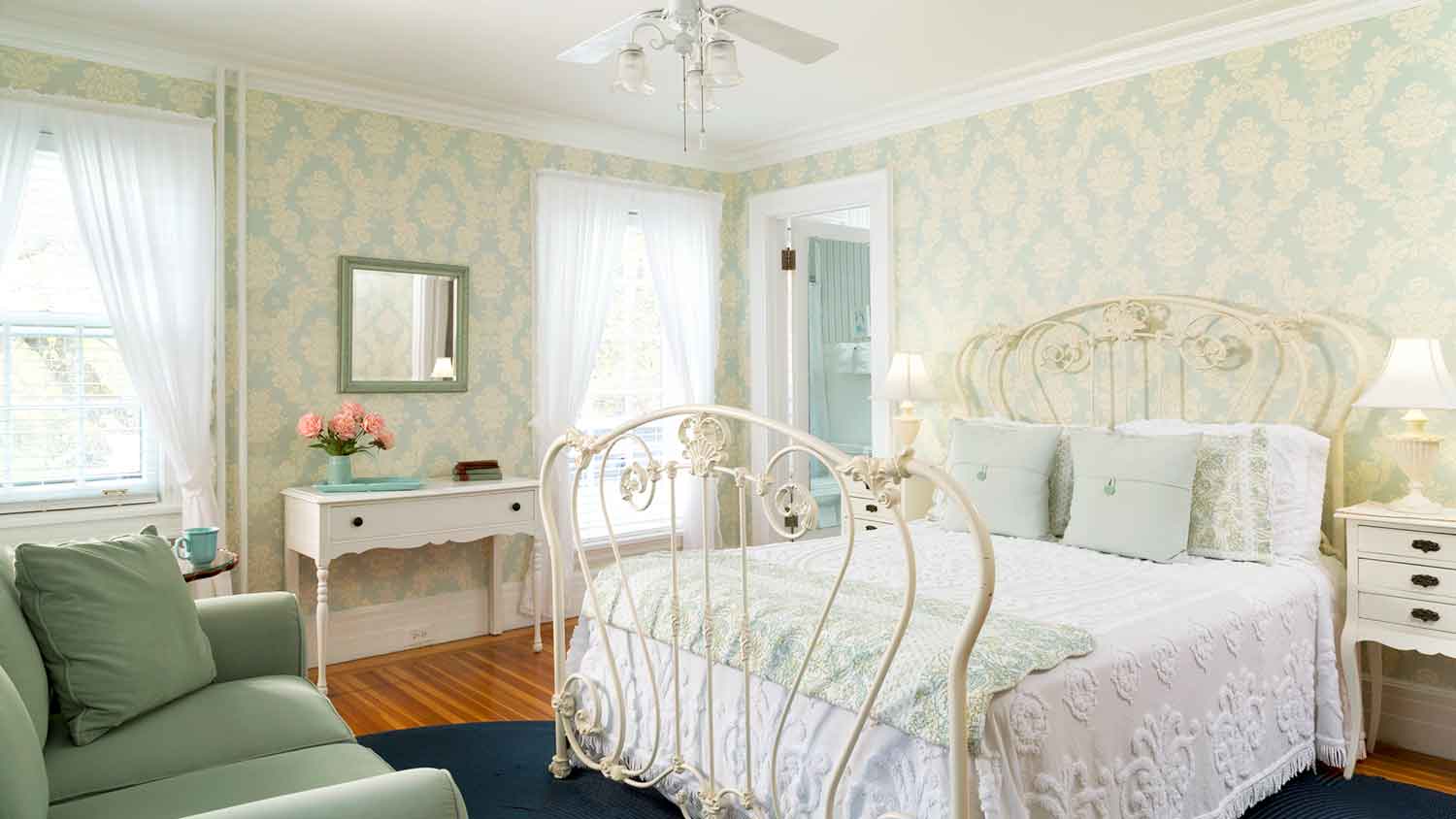

You can wallpaper over painted wallpaper, provided the wall is prepped well.
It helps to know the type of existing wallpaper and paint so that you can prime the wall.
Textured or coated wallpaper can make for a more difficult surface to work with.
Removing wallpaper can be challenging, which is why many homeowners decide to simply paint over it. But what happens when you want to change up the look with wallpaper once again? Do you have to strip off those original layers, or can you wallpaper over the painted wallpaper? If the latter option sounds like a lot of layers, you’d be right—but you might be able to pull it off if the conditions are right.
Adding Wallpaper to Painted Wallpaper
You can successfully hang wallpaper over existing paint and wallpaper, but this is true only if those layers provide a surface smooth enough for the newest layer of wallpaper to stick (otherwise, you’ll have poor results). While the best results will come from removing the original wallpaper, it’s understandable that you don’t want to go through the hassle.
However, if you call a wallpaper installer near you, you could hire a pro to do the entire project or at least have them prep the walls for an easier DIY wallpaper application.
What to Consider Before Wallpapering Over Painted Wallpaper
Here’s what you should first determine when trying to figure out if you can wallpaper over painted wallpaper.
Condition of the Wall
Wallpaper will always adhere better to a smooth surface, so inspect your wall for damage, such as loose wallpaper seams and any peeling or bubbling paint. If the wall is smooth, you’re in luck. This means the original wallpaper not only adhered well to the wall, but the paint also adhered well to the wallpaper. This bodes well for your ability to add another layer of wallpaper.
Type of Wallpaper
It helps to know what type of wallpaper is currently on the wall under the layer of paint. Vinyl-coated wallpaper doesn’t allow for another layer of paper or paint to stick to it well, and textured wallpaper can also prove problematic.
However, If the painted-over wall is looking rather smooth without too many spots of damage, you can assume that it’s non-coated paper or fabric wallpaper, or at least the vinyl coating was sanded off to allow for a layer of paint.
Type of Paint
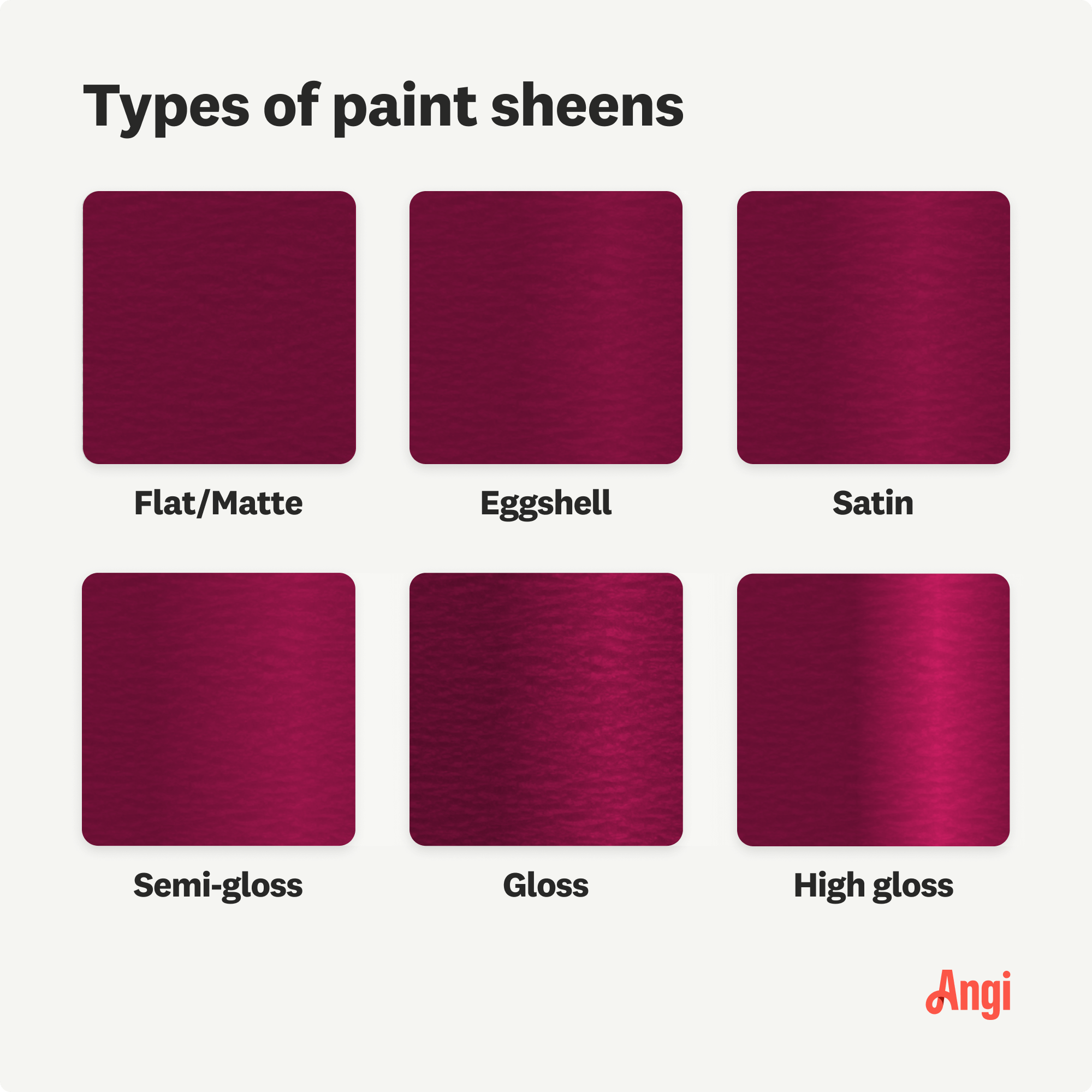
Just as with that initial layer of wallpaper, it’s helpful to know what type of paint is currently on the wall.
Matte or flat paint: These will offer the smoothest surface for the new layer of wallpaper to adhere to. That said, it’s still a good idea to add a primer first.
Oil-based paint: Use a bonding primer first to ensure the wallpaper sticks.
Gloss or semi-gloss: Like vinyl-coated wallpaper, this type of paint has a slick, shiny surface that makes adhesion that much harder. However, a light sanding should do the trick to improve the texture for a better wallpaper application.
No matter what type of paint is on the wall, if it’s chipping, peeling, or in any other state of disintegration, you should smooth and repair any damage before attempting to add another layer.
How to Prep a Wall for New Wallpaper
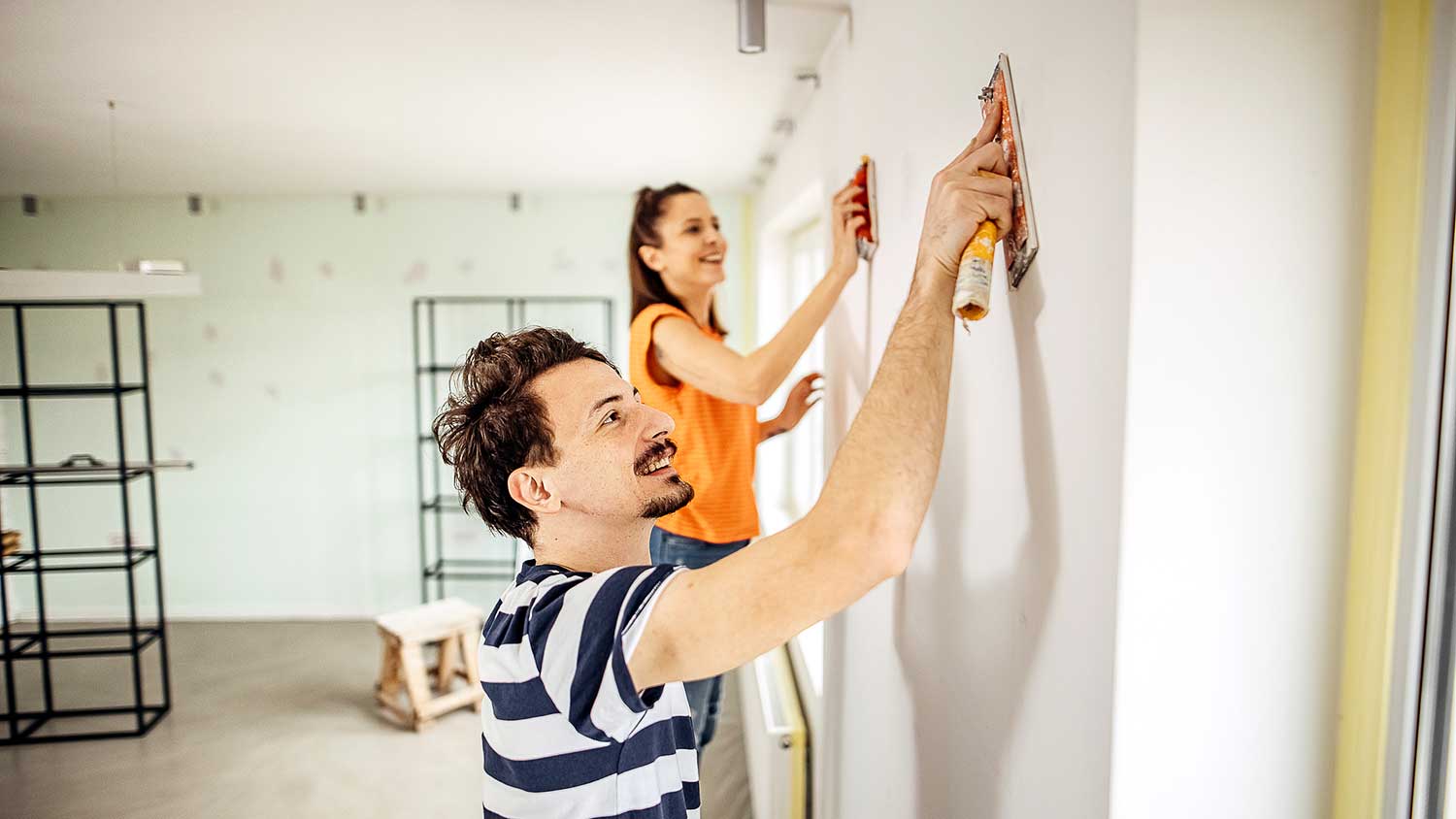
Just as you would prep a bare wall for paint or wallpaper, you’ll need to prep a covered wall for a new layer of wallpaper.
Repair Damage
Inspect the wall for signs of damage—anything from peeling paint or paper to holes in the wall. This is the time to smooth and fill any holes and restick or remove peeling layers. You don’t want any moisture getting trapped between the layers and causing mold to grow.
Note that fixing a spot or two on the wall might not be an issue. But if there are too many spots to repair, it’s easier to scrape off the paint or pull down the wallpaper before attempting to add another layer.
Clean the Wall
Use a soft brush or cloth to remove surface dirt and dust. Then, mix a commercial wall cleaner or mild dish soap in a bucket of warm water and wipe the walls with a soft cloth or sponge. Wipe again with a clean cloth to remove any residue and let dry.
Sand and Prime
If there’s a glossy sheen or texture to the paint, sand the wall lightly to remove it so that the wallpaper can stick more easily. It’s a good idea to use a wallpaper primer to ensure proper adhesion.
Hang the Wallpaper
Measure, cut, and hang the wallpaper according to the manufacturer’s guidelines.
Frequently Asked Questions
If you can already see the texture of the existing wallpaper through the layer of paint, then the texture could also come through the new layer of wallpaper. If that’s the aesthetic you want, then proceed. But if you want a smoother surface, you should either strip off the existing paint and wallpaper or hang a layer of liner paper before proceeding.
Most experts would not recommend hanging wallpaper over existing wallpaper more than twice. Even if the walls are in good condition and primed well, that third layer of wallpaper could cause problems with adhesion. Unless you like bubbling paint and peeling wallpaper as an interior design choice, it’s better to remove at least one existing layer before adding any more to a wall.

